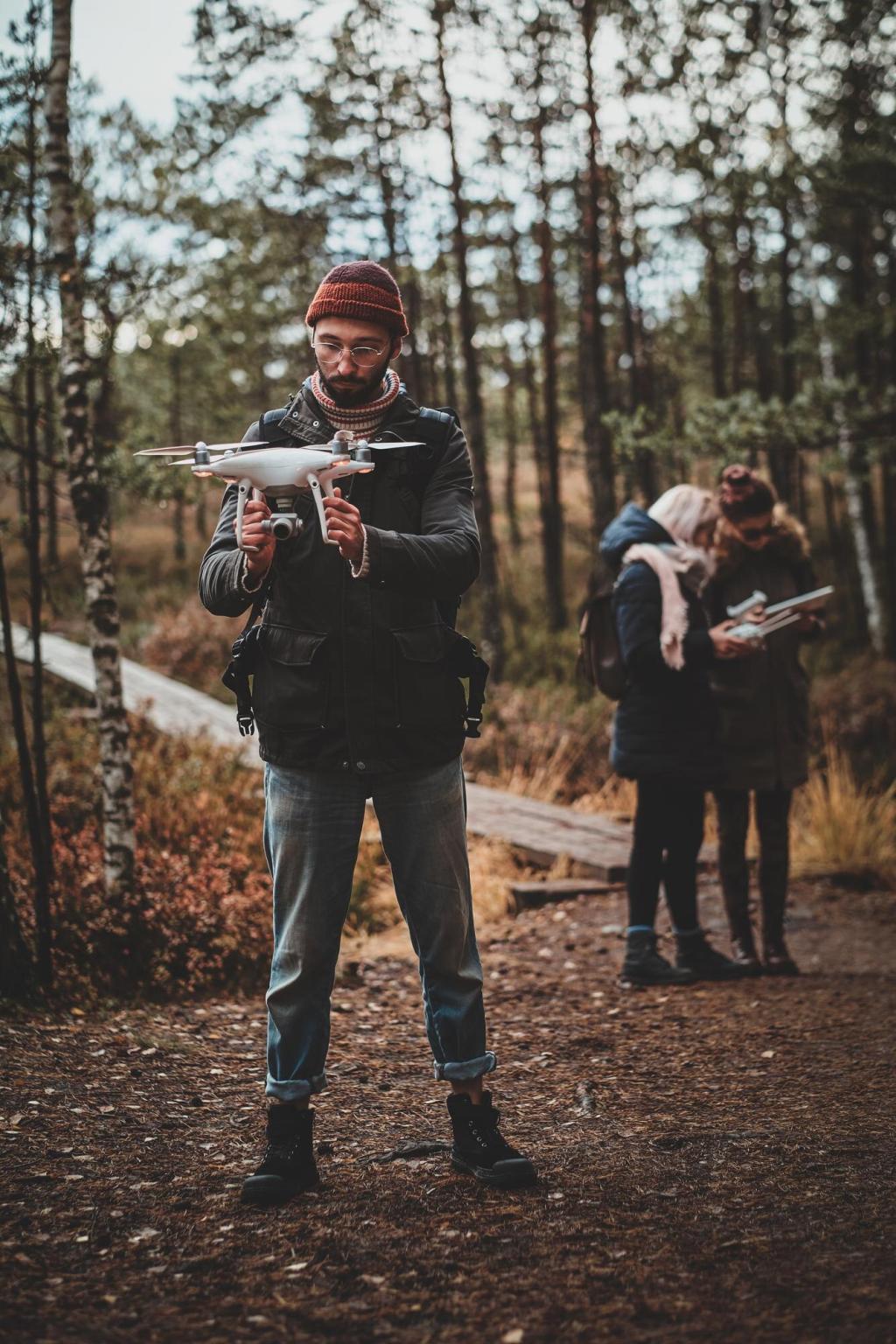Reducing Conflict, Building Trust
Posting honest harvest reports and explaining the science behind regulations invites understanding. When communities see data, methods, and motivations clearly, skepticism fades. Transparency shows that hunting can be a carefully managed conservation tool, not a threat, especially when outcomes and ethics are openly communicated.
Reducing Conflict, Building Trust
Language matters. Avoid sensational images or boastful captions that alienate potential allies. Emphasize respect, food, and habitat outcomes instead. Thoughtful storytelling can turn disagreement into curiosity, and curiosity into cooperation—key steps toward balancing hunting with conservation in the public eye and policy arena.


